In Etchells’ W.S.L.S a single idiomatic phrase – Win Some Lose Some – scrolls repeatedly in a single direction across a large-size LED message display unit. The phrase – perhaps understood as a gesture of stoical resolve in face of shifting fortunes – is revealed only partially at any given moment, its incomplete presence as it moves across the restricted surface aperture of the display generating diverse vivid fragments and half-semantic sub-phrases hidden in the larger text (LOSE SO, ME WIN etc). At the same time the circular looping of the text creates a repeated second ‘reading’ already present in the work, in which the idiomatic statement Win Some Lose Some, becomes through its looping, the rather more combative Some Win Some Lose, the bluntness of which invokes not so much stoicism as a kind of fatalism. In its simple iteration and reiteration of a single fragment Etchells’ W.S.L.S draws attention to the ambiguity and potential for interpretation even in apparently simple or straightforward language.
W.S.L.S was first shown at Kunstgebäude Stuttgart as part of the exhibition Was sind die Wolken? (What Are the Clouds?). More info on the exhibition here.
About Tim Etchells’ neon and LED works
Etchells’ neon and LED pieces often draw on his broader fascinations as an artist, writer and performance maker, exploring contradictory aspects of language – the speed, clarity and vividness with which it communicates narrative, image and ideas, and at the same time its amazing propensity to create a rich field of uncertainty and ambiguity.
Through simple phrases spelt out in neon, LED and other media, Etchells strives to create miniature narratives, moments of confusion, awkwardness, reflection and intimacy in public and gallery settings. Encountering the neon sign works, in the streets of a city or in the space of a white cube gallery, the viewer becomes implicated in a situation that’s not fully revealed, or a linguistic formulation that generates confusion or ambiguity. As often in Etchells’ work, in the neons the missing parts of the picture are as important as the elements that are present. Invoking a story, or projecting an idea out-of-context, the work invites us in, but into what exactly we can’t be sure.
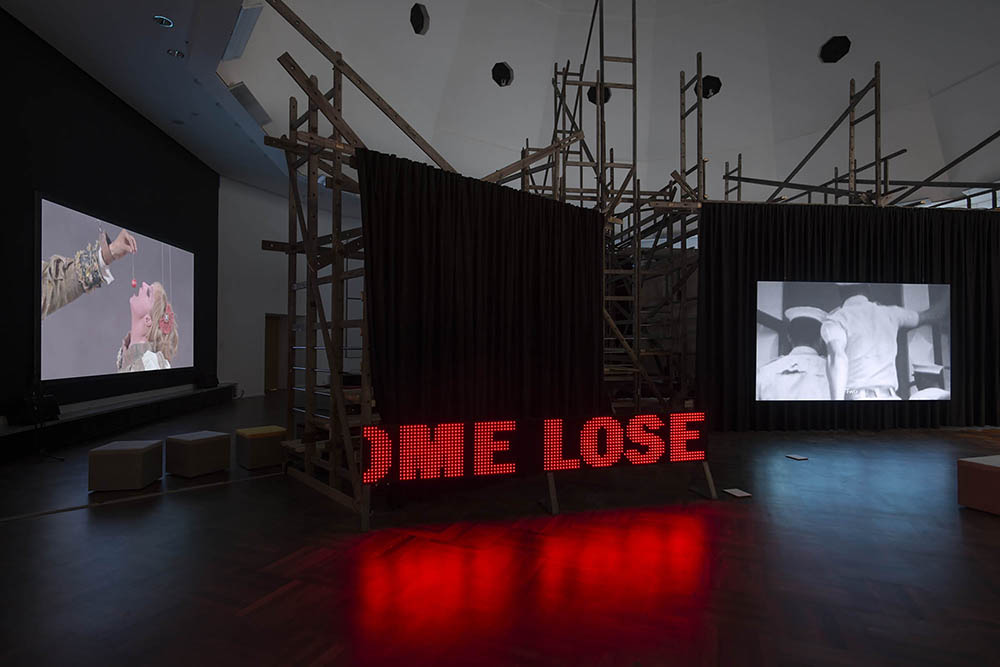
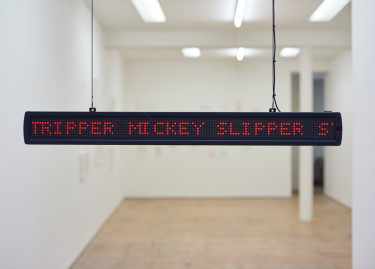 News Ticker, 2015
News Ticker, 2015 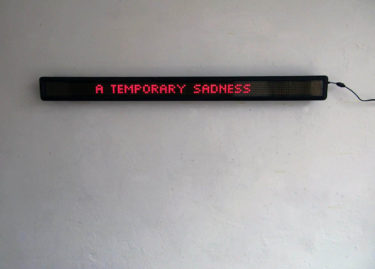 Temporary, 2011
Temporary, 2011 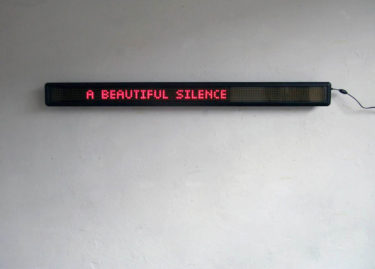 Beautiful, 2011
Beautiful, 2011 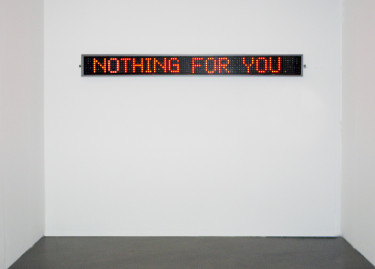 Nothing List, 2006
Nothing List, 2006